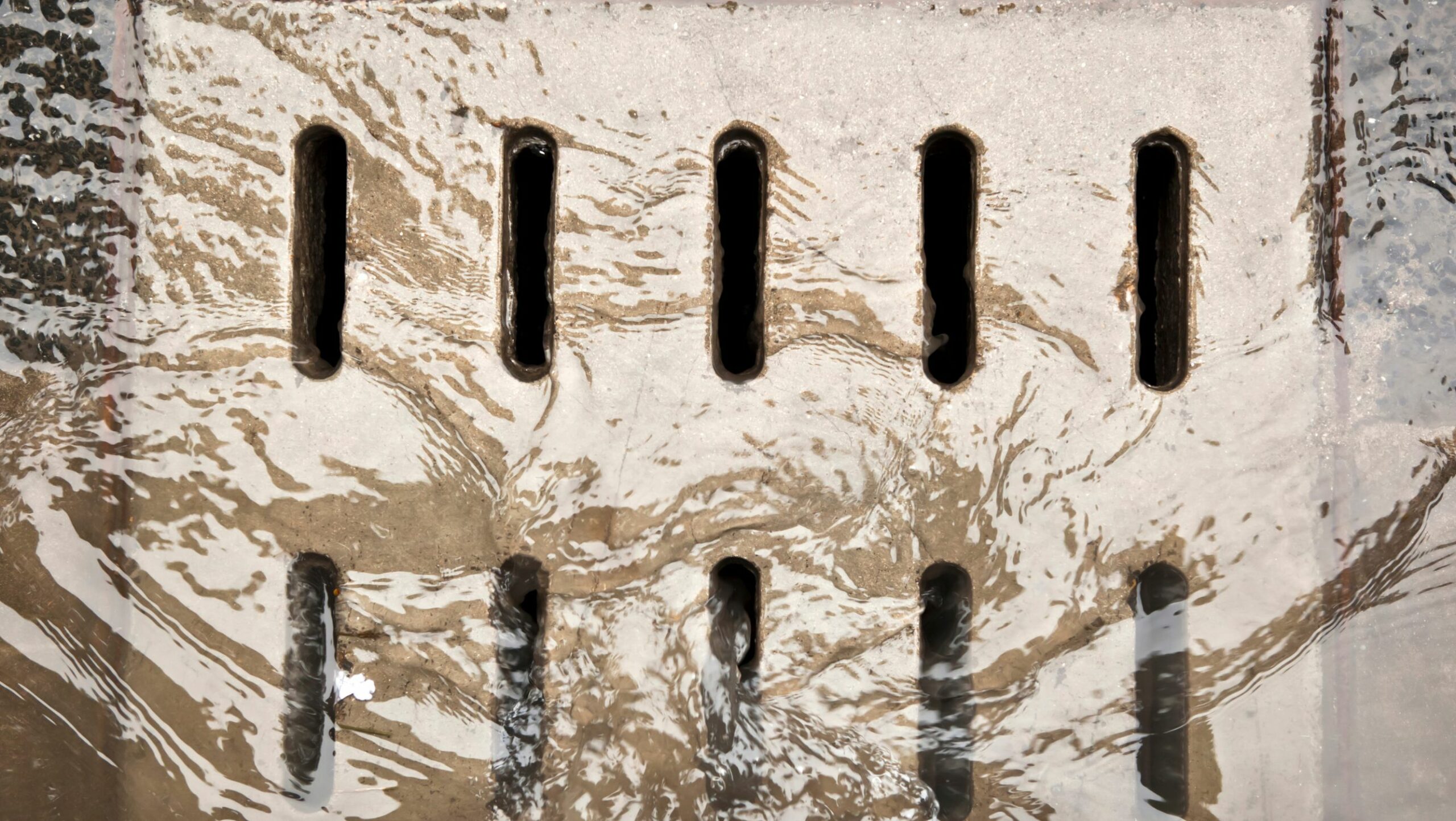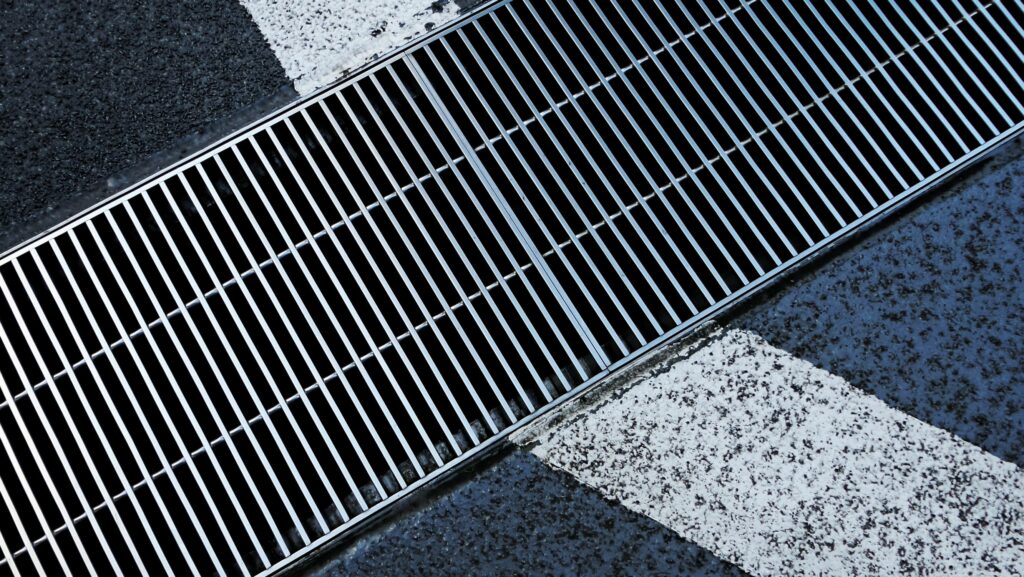Most of us don’t spend much time thinking about where water goes once it leaves our sinks, showers, or air conditioning systems. As long as it disappears, we assume all is well. But poor drainage can quietly cause major headaches, from water damage and mould growth to costly structural repairs. Even everyday systems like heating and cooling units rely on proper water removal. That’s why equipment such as condensate pumps is often essential — they help move water safely away before it becomes a hidden problem.
The Hidden Dangers of Poor Drainage
Ignoring drainage doesn’t just lead to a puddle here or there. Water is incredibly destructive when it’s not properly managed. Some of the most common issues include:
- Foundation damage: Water pooling around a building can weaken concrete, shift soil, and cause cracks.
- Mould and mildew: Damp conditions create the perfect environment for growth that harms both buildings and health.
- Wood rot: Excess moisture compromises flooring, framing, and furniture.
- Pest problems: Standing water attracts mosquitoes, termites, and other unwanted visitors.
These problems often build up slowly, making them easy to overlook until the damage is already significant.
Why Drainage Isn’t Just an Outdoor Issue
When people hear the word “drainage,” they often picture gutters, downspouts, and stormwater systems. While those are important, indoor drainage is just as critical. Appliances like washing machines, dishwashers, and air conditioners all create water that needs to go somewhere.
Air conditioners, for example, naturally generate condensation as they cool the air. That water has to be collected and moved away. If the drainage line clogs or the water isn’t directed properly, it can back up into the unit or leak into walls and ceilings. Suddenly, what seemed like a minor maintenance issue becomes an expensive repair.

Everyday Examples of Good Drainage
To understand the value of proper drainage, consider how often it protects us in daily life:
- Bathroom design: Sloped tiles ensure water runs into the drain rather than spreading across the floor.
- Roof gutters: Redirecting rainwater keeps basements dry and prevents roof leaks.
- Landscaping: Proper grading in a garden or yard prevents soil erosion and flooding.
- HVAC systems: Pumps and drainage lines move condensation out of your home to keep equipment safe.
Without these built-in solutions, water would cause constant disruptions.
How to Spot Drainage Issues Early
Catching problems before they escalate is key. Look out for these warning signs:
- Water stains on walls or ceilings
- Damp or musty smells indoors
- Pools of water near foundations after rain
- Floors that feel soft or uneven
- Unusual sounds from appliances during operation
If you notice any of these, it’s worth investigating further before damage sets in.
Simple Steps to Improve Drainage at Home
The good news is that there are plenty of ways to support proper drainage, many of which don’t require major renovations. Some practical tips include:
- Clean gutters regularly so water can flow freely.
- Extend downspouts at least a few feet from your home’s foundation.
- Check appliance lines for blockages and clean them if needed.
- Use gravel or drainage channels in your yard to prevent pooling.
- Schedule routine maintenance for heating and cooling systems to ensure water is being managed properly.
A little prevention can save thousands in potential repair costs down the line.
Why Professionals Sometimes Make the Difference
DIY maintenance is useful, but not every drainage problem is straightforward. If water is seeping into your basement, appliances are leaking, or you suspect foundation issues, professional help is worth considering. Experts have the tools to inspect, diagnose, and fix problems safely and effectively.
For indoor systems, HVAC specialists can ensure that condensation lines and pumps are functioning properly. Plumbers can spot issues that the untrained eye might miss, such as hidden leaks or improper grading.
Reframing Drainage as Protection
Instead of seeing drainage as a background detail, it helps to think of it as a silent protector. Good drainage safeguards your home, your health, and your comfort. It prevents small maintenance issues from snowballing into financial burdens. Most importantly, it ensures that the spaces where we live and work remain safe and functional.
Taking drainage seriously doesn’t require constant effort. With a mix of mindful habits, regular checks, and professional guidance when needed, you can avoid the majority of water-related problems altogether.
